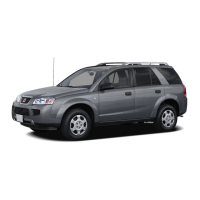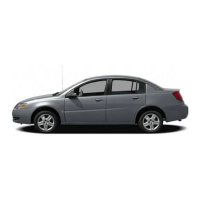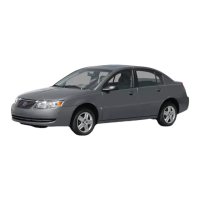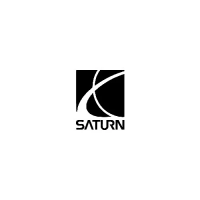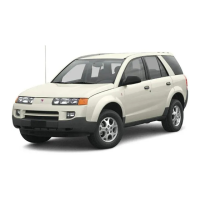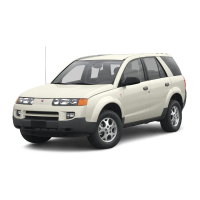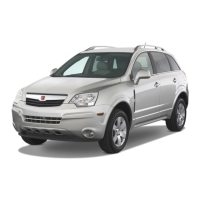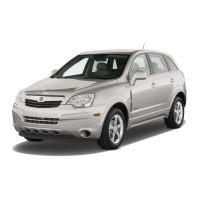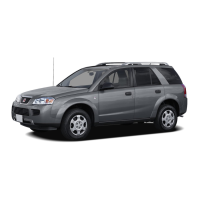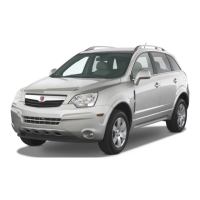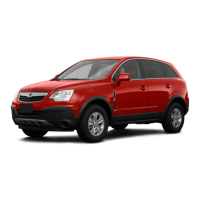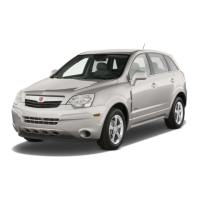Defogging and Defrosting
Fog on the inside of windows is a result of high humidity
(moisture) condensing on the cool window glass.
This can be minimized if the climate control system is
used properly. There are two modes to clear fog or
frost from your windshield and side windows. Use the
defog mode to clear the windows of fog or moisture
and warm the passengers. Use the defrost mode
to remove fog or frost from the windshield more quickly.
For best results, clear all snow and ice from the
windshield before defrosting.
Turn the right knob to select the defog or defrost mode.
-(Defog): This mode directs air to the windshield,
side window outlets and floor outlets. When you select
this mode, the system will turn recirculation mode
off and run the air conditioning compressor unless the
outside air is at or below freezing. Recirculation
mode cannot be selected while in defog mode. This
helps prevent window fogging and moisture building
up within the cabin. To defog the windows faster, turn
the temperature knob clockwise to the warmest setting.
0(Defrost): This mode directs most of the air to
the windshield, with some air directed to the side
window outlets and the floor outlets. When you select
this mode, the system will turn recirculation mode off
automatically and will run the air conditioning compressor
unless the outside air is at or below freezing.
Recirculation mode cannot be selected while in defrost
mode. This helps prevent window fogging and moisture
building up within the cabin. To defrost the windows
faster, turn the temperature knob clockwise to the
warmest setting.
Rear Window Defogger
The rear window defogger uses a warming grid to
remove fog from the rear window.
The rear window defogger will only work when the
ignition is in RUN.
<(Rear Window Defogger): Press the button to turn
the rear window defogger on or off. An indicator light
above the button will come on to let you know that the
rear window defogger is activated.
The rear window defogger will stay on for approximately
15 minutes after the button is pressed, unless the ignition
is turned to ACC or LOCK. If turned on again, the
defogger will only run for approximately seven minutes
before turning off. The defogger can also be turned off by
pressing the button again or by turning off the engine.
Notice: Do not use anything sharp on the inside
of the rear window. If you do, you could cut or
damage the warming grid, and the repairs would
not be covered by your warranty. Do not attach
a temporary vehicle license, tape, a decal or
anything similar to the defogger grid.
3-21
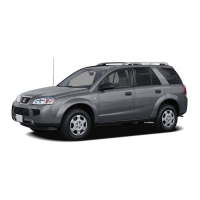
